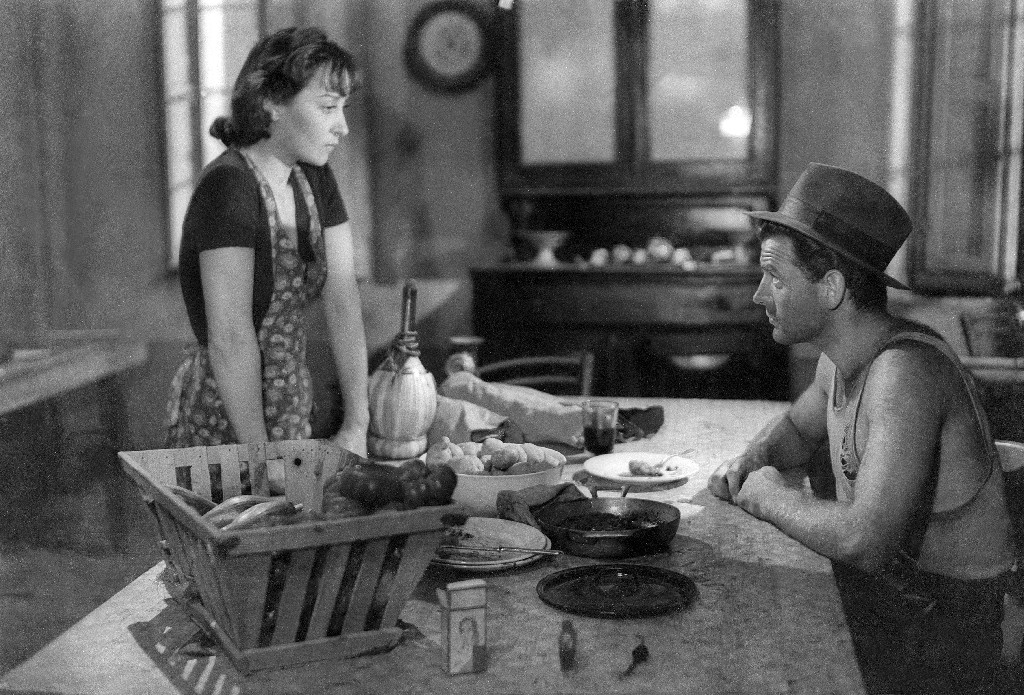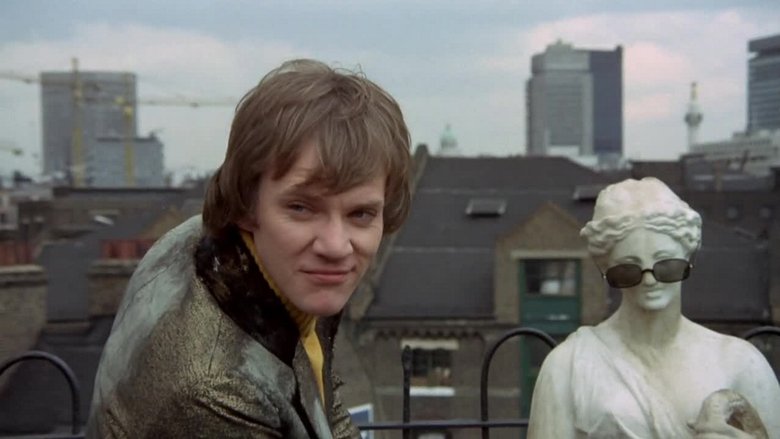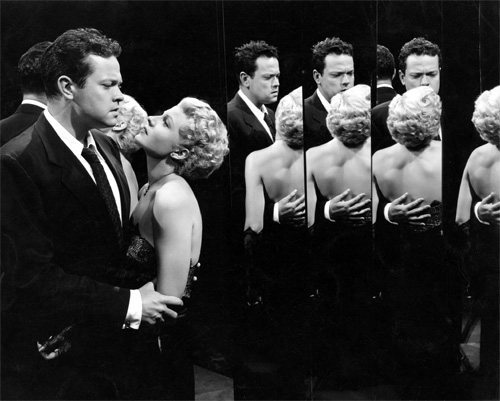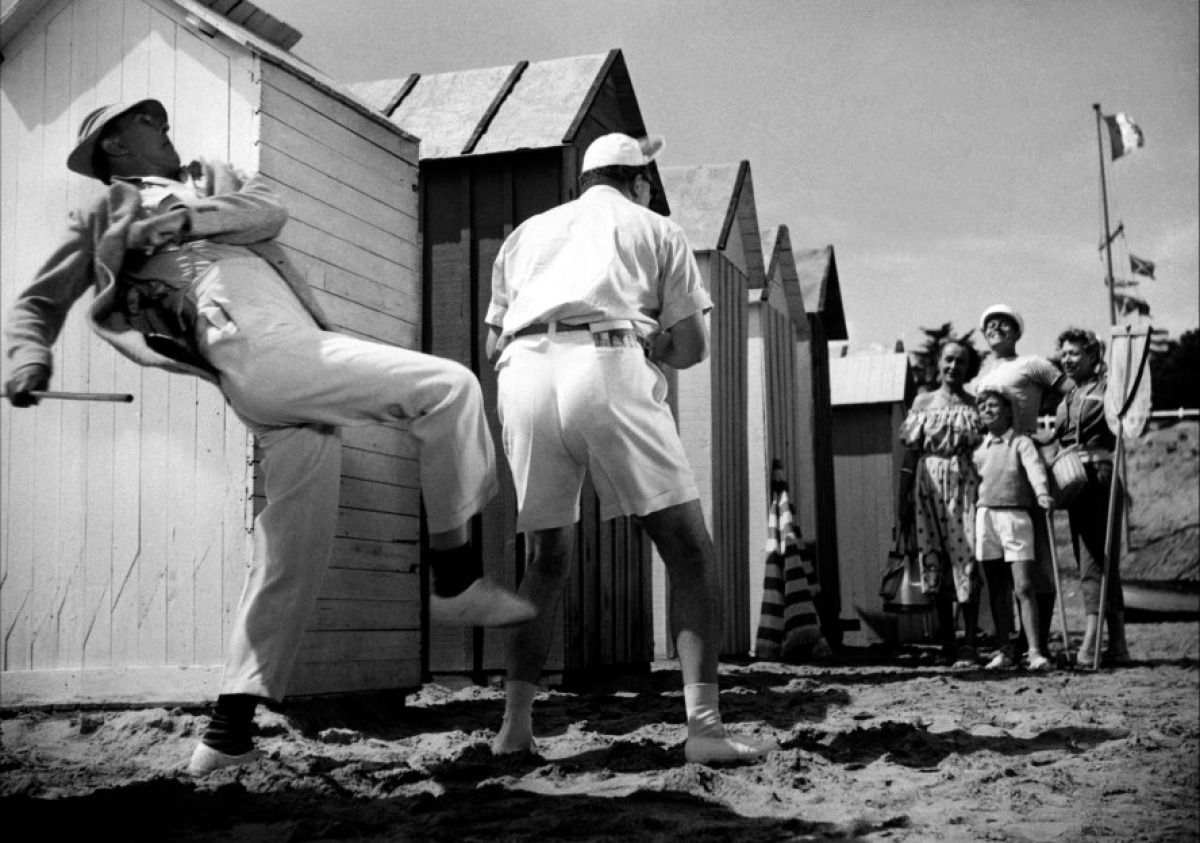6. Ossessione – L. Visconti

When one talks about Italian neorealism, the first film to be mentioned is likely “Ladri di biciclette.” The Rossellini trilogy is going to be mentioned as the most iconic films of this movement, but none of these films started it.
It was with an adaption of “The Postman Always Rings Twice” by Luchino Visconti that was the theme for which Italian neorealism would be acknowledged. Framed by the history of infidelity and a murder, we can see ordinary people and natural scenarios, which until that moment had been left out of Italian cinema.
Even though the arcs of the main characters do not match perfectly with what is considered to be Italian neorealism, its style and the focus it makes with the natural scenery and the secondary characters is indeed the first trace of this movement.
It is neither a mature film of the movement or of Visconti’s filmography (whose masterpieces would be done until the 60s and 70s). But “Ossessione” is indeed a film that marks the transition of Italian cinema that was done under the influence and authority of the fascist government and the revolution that was Italian neorealism.
7. Mick Travis Trilogy – L. Anderson

Written by David Sherwin and directed by legendary British director Lindsay Anderson, this trilogy spans for more than a decade. It consists of 1968’s “If…”, 1973’s “O Lucky Man!” and 1982’s “Britannia Hospital.” The lead character, whose role changes between each film, is Mick Travis, played by the legendary Malcolm McDowell.
This trilogy marked the transition of Anderson’s cinema, from the documentaries made during the British Free Cinema movement to the fictional films made within the British New Wave. Even though the main character himself doesn’t even have a clear continuity, the trilogy clearly resumes the theme of Travis faced against society.
In the first film to the trilogy, Travis organizes an armed insurrection against a private school; it won the Palme d’Or in 1969 and it has been mentioned as one of the greatest films in history by the British Film Institute. In the second film the struggle of Travis is more related to society as a whole. In “O Lucky Man!”, the idealism of Travis is challenged by the corrupt society. In the last film of the trilogy, a more absurd and violent approach is seen as a Frankenstein-like scientist tries to create a new human out of corpses while Travis tries to investigate him.
8. Vámonos con Pancho Villa – F. Fuentes

This film was released in 1936, and it is part of the Trilogía de Revolución directed by visionary Mexican director Fernando Fuentes. This film is one of the first masterpieces of Mexican cinema, and proof of the critical and artistic approach that existed before La Época de Oro Del Cine Mexicano.
Rather than portraying an idealized Mexico full of brave and honorable men, the film displays a much more critical vision of Mexico. The revolutionary fight and its leaders are seen as violent and authoritarian fighters who are willing to kill even the innocent in order the keep on with the fight.
This way of portraying this aspect of Mexican history is even more valuable when one considers that precisely in that time, the image of the revolutionary fighters was being cleansed in order to create the perception of them as heroes.
In “Vamonos con Pancho Villa,” we see the effects that the war has on a group of great fighters: Los Leones Negros de San Pablo. This group is slowly fragmented by war until one last fighter remains alive, tired of war and disenchanted with the revolutionary leaders. The film has two endings, one harsher than the other, but both displaying the devastating effect that war has on men.
9. The Lady from Shanghai – O. Welles

Released in 1947, just six years after “Citizen Kane,” “The Lady from Shanghai” is one of those films that is overlooked due to the great shadow that an extremely influential film casts on the filmography of an excellent director.
“The Lady from Shanghai” is one of the most sophisticated and well-executed films of noir cinema. It displays Orson Welles himself, Rita Hayworth and Everett Sloane in a love triangle full of the two things that Welles was fond of: mysteries and trickery.
The film consists of Michael O’Hara being subtly seduced by Elsa, whom he later discovers is not as honest as he thought. Michael ends up tangled in the complex treachery of the couple as he does not manage to figure out what Elsa is exactly up to.
The film is full of wonderfully blocked scenes that give faith that the inventive of Welles was just starting with “Citizen Kane.” The idea of identity, truth and lies is wonderfully tackled by Welles in this underappreciated masterpiece of noir cinema.
10. Les Vacances de M. Hulot – J. Tati

Jacques Tati was a figure who revitalized comedy with a turn back to the classic visual comedy style and techniques of masters as Max Linder or Buster Keaton. He not only brought the visual gag back to life, but also developed a character that would let him satirize our modern world: Monsieur Hulot. He made “Jour de fete” in 1949 before making “Les Vacances de M. Hulot” in 1953, but it was with the later one that the character that would appear in his later films would be clearly defined. It was the beginning of a set of unique films.
In “Les Vacances de M. Hulot,” Tati creates a satirical portrait of bourgeois summer vacations. Monsieur Hulot arrives to an island full of rich and intellectual people who are severe with their manners and rigid with their customs. The presence of Hulot on the island and his naïve behavior starts to tangle up and cause hilarious situations in the lives of these serious people.
With his gags, Tati creates a very light and yet intelligent portrait of this society, gags that do not cease to amaze and make the viewer laugh. This film was addressed by Ingmar Bergman as one of his favorites.